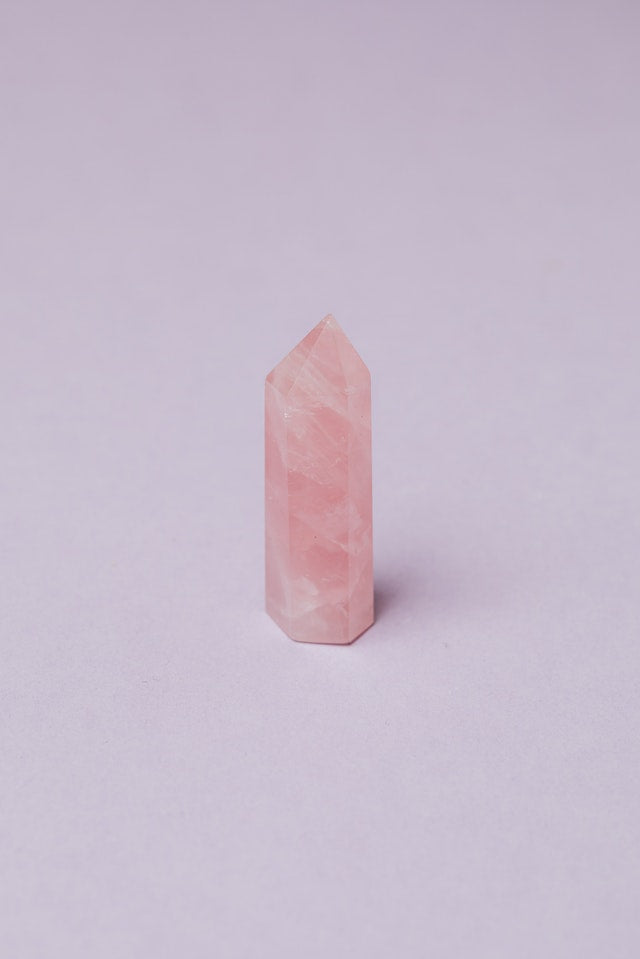Clarification of Double Refraction. In Lesson II. we realized what is implied by refraction of
light. While glass and few valuable stones (jewel, garnet, and spinel) twist light
as was outlined in Fig. 1, essentially the wide range of various stones cause a light emission on entering them
to isolate, and the way of the light in the stone turns out to be twofold, as demonstrated in Fig. 2.
This conduct is called twofold refraction. It very well might be utilized to recognize those stones which are
doubly refracting from those which are most certainly not. For instance, on account of a stone which is doubly
refracting to a solid degree, like a peridot (the lighter yellowish-green chrysolite is something similar
material and acts similarly[9] toward light), the partition of the light is set apart to the point that the
edges of the back aspects, as seen through the table, show up twofold when seen through a perspective. A
zircon will likewise correspondingly isolate light and its back aspects additionally show up twofold fixed as seen with a
focal point from the table of the stone. The more extraordinary stones, sphene and epidote, in like manner display this
property particularly. Some dreary zircons, when very much cut, so intently take after precious stones that
indeed, even a specialist may be tricked, whenever got off his gatekeeper, yet this straightforward trial of looking for[10]
the multiplied lines at the rear of the stone would alone serve to recognize the two stones.
A Simple however truly Valuable Test for the Kind of Refraction of a Cut Stone. On account of
a large portion of the other doubly refracting stones the level of partition is substantially less than in peridot
also, zircon, and it takes an all around prepared and cautious eye to distinguish the multiplying of the lines. Here a
basic gadget will serve to help the eye in deciding if a cut stone is independently or
doubly refracting. Open the stone to coordinate daylight and hold a misty white card a couple
crawls from the stone, toward the sun, to get the splendid reflections from the inside
the stone reflected onto the card.
In the event that the material is independently refractive (as on account of precious stone, garnet, spinel, and glass), single
pictures of every one of the thinking about features will seem the card, yet in the event that doubly refracting—regardless of whether
marginally so—twofold pictures will show up. At the point when the stone is somewhat moved,[11] these sets of
reflections will travel together as sets and not will in general separate. The space between the two
individuals from each pair of reflections serves to give an unpleasant thought of the level of the twofold
refraction of the material whenever contrasted and the space between individuals on account of some other
sort of stone held at a similar separation from the card. In this manner zircon isolates the reflections
broadly. Greenish blue, which is weakly doubly refracting, isolates them however somewhat.
It will be seen on the double that we have here an effortlessly applied test and one that requires no exorbitant
device. It is, moreover, a definite test, after a little practice. For instance, on the off chance that one has something
that resembles a fine emerald, however that might be glass, one should simply to uncover it in the sun,
as above showed. On the off chance that genuine emerald, twofold pictures will be had (near one another, in light of the fact that
emerald is however weakly doubly refracting). In the event that glass, the pictures on the card will be single.[12]
Additionally, ruby can immediately be recognized from even the best garnet or ruby spinel, as the last
two are independently refracting. Along these lines, as well, are glass impersonations of ruby and ruby doublets (which comprise
of glass and garnet). This test can't harm the stone, it could be applied to mounted stones, and it
is dependable. For stones of extremely profound shading this test may fizzle for absence of adequately splendid
reflections. In such a case hold the card past the stone and let the daylight radiate through the
stone onto the card, seeing whether the spots of light are single or twofold.
The table beneath gives the vital data with regards to which stones show twofold and which
single refraction.

